Discovering Victor Hugo's Artistic Legacy: The Secret Paintings
When we think of Victor Hugo, his world-famous novels come to mind first: Les Miserables and The Hunchback of Notre Dame. But did you know that Victor Hugo was also a very talented painter? These works of art, which are far from the realism we see in the novels he wrote, are works far ahead of their time. We will examine this talent of the world-famous writer Victor Hugo, which was hidden until his death, his surrealist paintings and why it was kept a secret until his death.
Did you know that Victor Hugo, the author of world-famous works such as The Hunchback of Notre Dame and Les Miserables, was also one of the greatest painters of the 19th century?
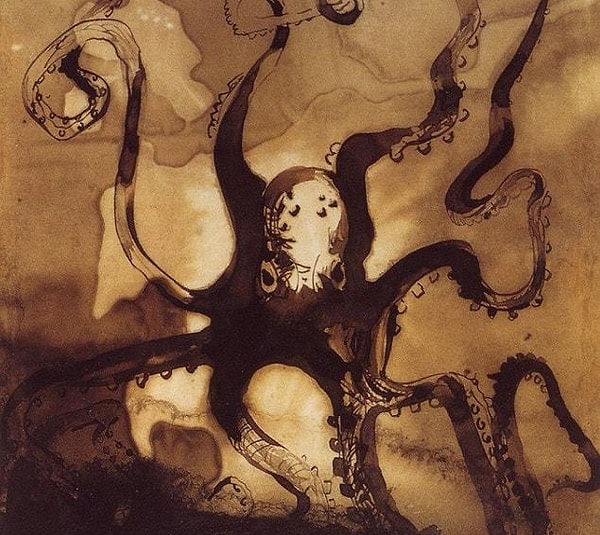
Hugo's art, kept secret until after his death, is quite unique. It's unlike anything you've ever seen before...
When Victor Hugo passed away in 1885, more than two million people attended his funeral. More than a hundred years later, Victor Hugo is still considered one of the greatest writers in history.
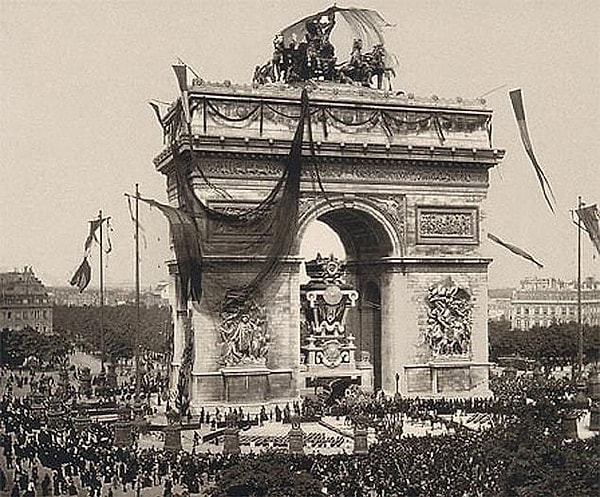
In the photo you can see the crowd gathered under the Arc de Triomphe in Paris for Victor Hugo's funeral.
Of course, there was a reason why Victor Hugo, a world-famous writer, kept it a secret that he was also a painter.
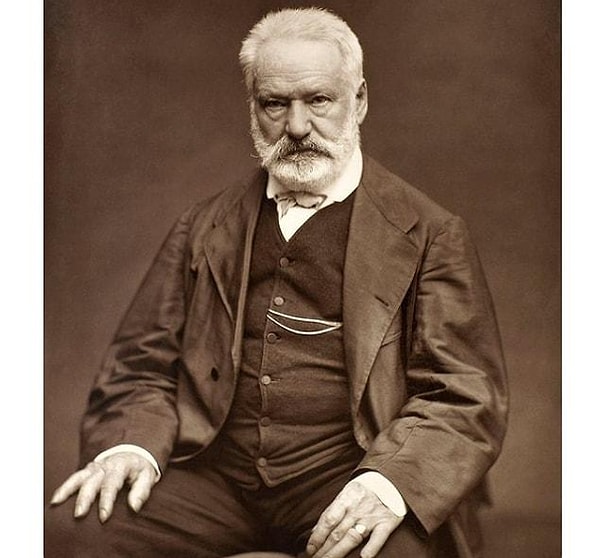
Above all, he wanted to be seen as a writer and he was worried that his paintings might overshadow that.
More importantly, he thought that his paintings might change the way people looked at him.
When we look at his artworks, we see that there may be some merit to this concern.

We see that Hugo, who favors realism as a writer, does surreal and experimental works in his paintings.
We can say that his paintings and novels are the exact opposite of each other...
When Hugo first started painting, he developed a very different style by drawing with ink, watercolor and charcoal on yellow paper. He rarely used color in his paintings.
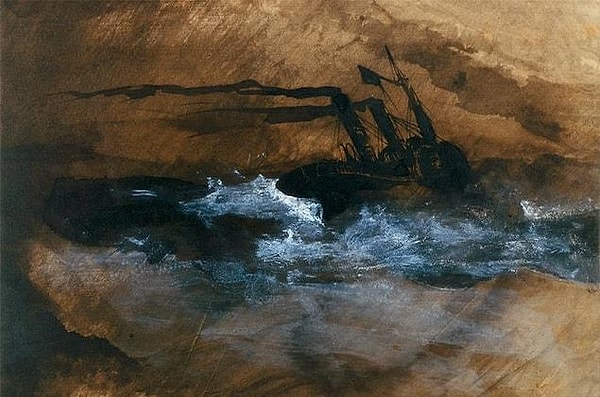
We can see that the result, as in 'La Durande', is a style of painting decades ahead of its time.
This paint is called 'Marine Terrace'. What is hard to believe is that it was created by the same person who wrote Les Miserables and The Hunchback of Notre Dame...
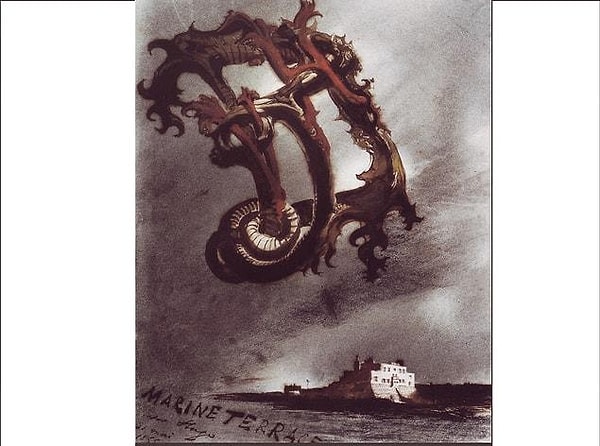
Hugo had unusual ways of painting. Sometimes he painted with his left hand without even looking at the paper to access his subconscious.
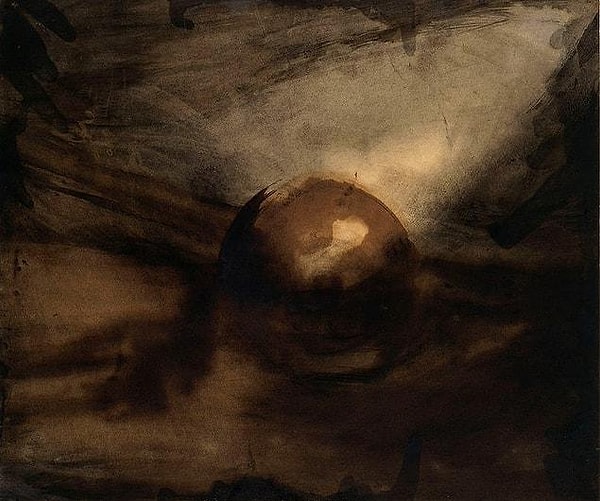
He used charcoal, matchsticks, ink wash and soot to achieve the desired effect.
After his daughter died in 1843, when she was only 19 years old, Hugo was devastated. After her death, he attended various sessions in the hope of communicating with her once more.

Here we see one of the drawings he made while attending these sessions.
In general, his work can be described as hair-raising, creepy but at the same time alluring.
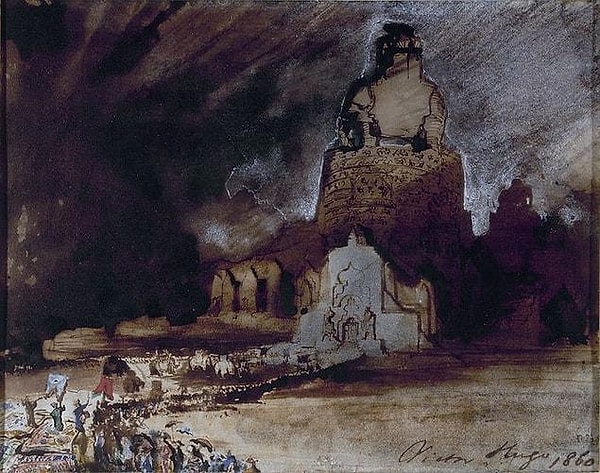
Death, uncertain worlds, desolate lands and mysterious creatures... Hugo's work has it all.
In some of his drawings, we see Hugo's gothic tendencies, previously seen in The Hunchback of Notre Dame, coming to the fore.
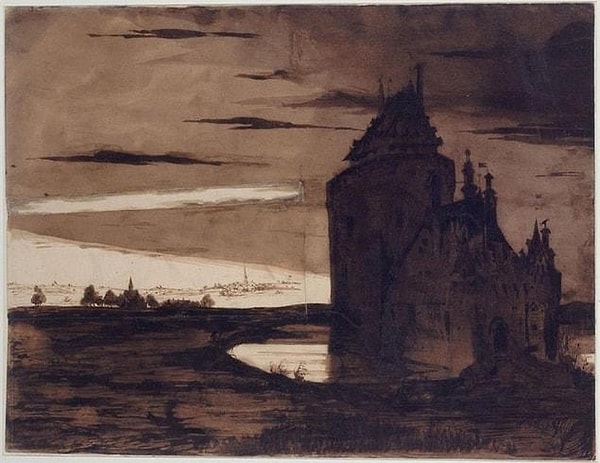
Dark and mysterious castles built against a dreamy sky.
The most striking detail in Hugo's paintings is the atmosphere. The works, which we can define as a fantastic nightmare, are familiar to us in one aspect, but in another aspect they are completely distant.
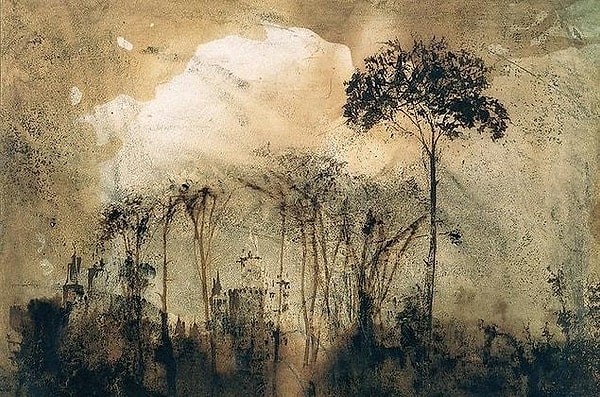
The most curious thing is Hugo's drawings of hanged men. Nobody knows why he made them, and maybe we will never know.
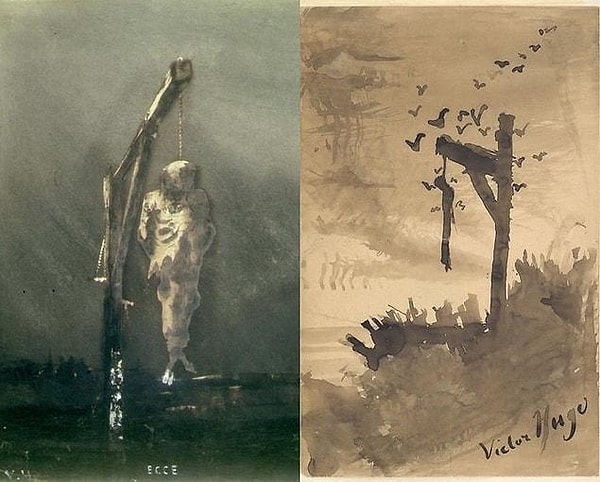
These works have much in common with sketches by the great Spanish painter Francesco Goya.
Painted in 1858, 'Justice' is one of Hugo's most disturbing works.

'Serpent' from 1866 seems to touch upon our most primitive fears and nightmares...

Although Hugo's use of formless inkblots in his art is reminiscent of the Impressionists' revolt against the realism of the French Academy, it should be underlined that Hugo was the first to do so.

It is also said to be reminiscent of traditional Chinese landscape art.
It would be correct to say that Hugo was a painter far ahead of his time.

It's safe to say that Hugo's art defies categorization. Because we see that it is a completely one of a kind, personal art.

For Hugo's paintings, they were original in both style and content, seemingly uninfluenced by a movement.
Victor Hugo made more than 4,000 drawings during his lifetime. Although these drawings are very different in style from his novels, it doesn't change the fact that they are just as magnificent as his novels.

Keşfet ile ziyaret ettiğin tüm kategorileri tek akışta gör!


Send Comment